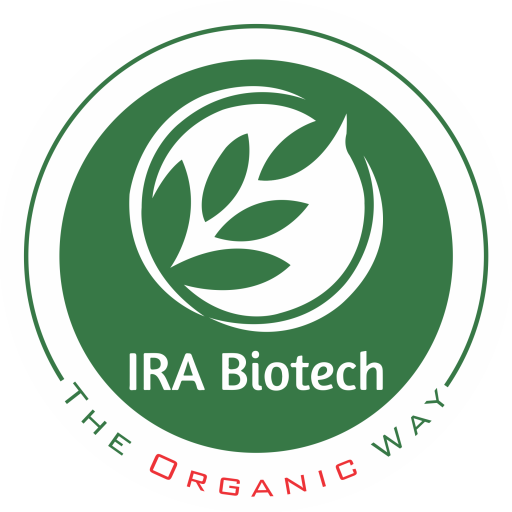IRA H2O
Microbial Treatment of Sewage Water Microbial treatment, or bio remediation, of sewage water utilizes beneficial microbes to degrade and remove contaminants, improving water quality and safety. Here’s an overview of the process, key microbes involved, and the benefits of using this approach:
Benefits of Microbial Sewage Treatment
1. Efficiency:
A. Effectively reduces organic matter, pathogens, and nutrients in sewage water, leading to cleaner effluent.
B. Aerobic and anaerobic processes are well-established and can handle varying loads of sewage.
2. Sustainability:
A. Uses naturally occurring or engineered microbes, minimizing the need for chemical treatments.
B. Produces less sludge compared to chemical treatments, reducing disposal issues.
3. Biogas Production: A. Anaerobic digestion produces biogas (methane), which can be used as a renewable energy source, reducing
energy costs for the treatment plant.
4. Cost-Effectiveness:
A. Lower operational costs compared to chemical treatments and advanced filtration methods.
B. Microbial treatments can be integrated into existing sewage treatment infrastructure with relatively low investment.
Microbial treatment of sewage water is an effective, sustainable, and cost-efficient method for reducing pollution and producing clean water. By harnessing the natural processes of diverse microbial communities, treatment plants can achieve high levels of contaminant removal while also generating valuable by-products such as biogas. This approach supports environmental health and resource recovery, aligning with modern sustainability goals in wastewater management




